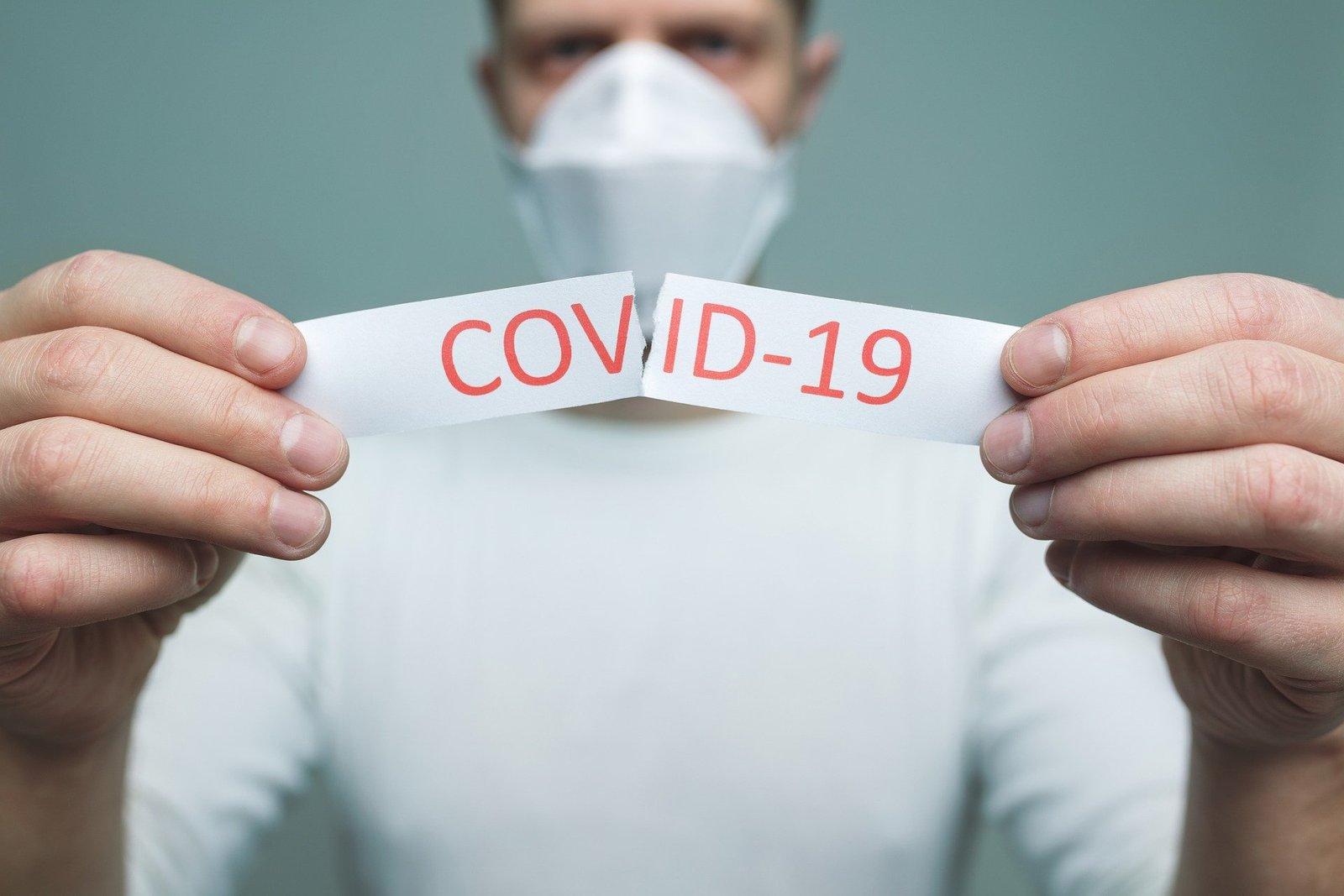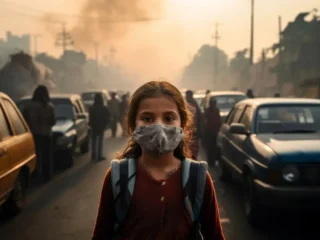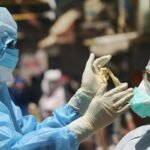Six Indian companies are working on a vaccine for COVID-19, joining global efforts to find a quick preventive for the deadly infection.
Nearly 70 ‘vaccine candidates’ are being tested and at least three have moved to the human clinical trial stage.
Indian scientists are also part of the global fight against the disease.
While Zydus Cadila is working on two vaccines, Serum Institute, Biological E, Bharat Biotech, Indian Immunologicals, and Mynvax are developing one vaccine each.
However, WHO has listed only Zydus Cadila and Serum Institute from India as among the global firms working on a COVID-19 vaccine.
“Global vaccine R&D effort in response to the COVID-19 pandemic is unprecedented in terms of scale and speed”, says Gagandeep Kang, executive director of the Translational Health Science and Technology Institute.
A vaccine for the new coronavirus, SARS-CoV-2, may not take 10 years that other vaccines do but it could be at least a year before it is proven safe, effective, and made widely available.
According to E. Sreekumar, chief scientific officer at the Rajiv Gandhi Centre for Biotechnology (RGCB) in Kerala “Vaccine development is a lengthy process which often takes years, with many challenges”.
Vaccine testing typically begins with animal and lab testing before going on to different stages of human testing. The human testing phase is composed of many phases.
Phase one trials are small-scale, usually involving few participants, to assess whether the vaccine is safe for humans. Phase two trials often involve several hundred subjects, and mainly evaluate the efficacy of the vaccine against the disease.
The final phase involves thousands of people to further assess the efficacy of the vaccine over a defined period of time, and can last several months.
According to the World Health Organization (WHO), three vaccine candidates are in the clinical testing phase, meaning they are able to be tested on humans, while nearly 70 are in the preclinical phase — either in lab testing, or animal studies.
Experts believe the genome sequencing of the new coronavirus provided by scientists in China shows it shares 79 per cent of the same genetic material as severe acute respiratory syndrome (SARS) and 50 per cent of the same material as Middle East respiratory syndrome (MERS), a species of coronavirus which infects humans, bats, and camels. This allows developers to use groundwork already created in research for vaccines for those viruses.
Australia’s national science agency CSIRO announced earlier this month that it has begun preclinical tests of a vaccine developed by Oxford University in the UK.
A striking feature of the vaccine development landscape for COVID-19 is the range of technology platforms being evaluated, including nucleic acid (DNA and RNA), virus-like particle, live weakened virus, and inactivated virus approaches.







